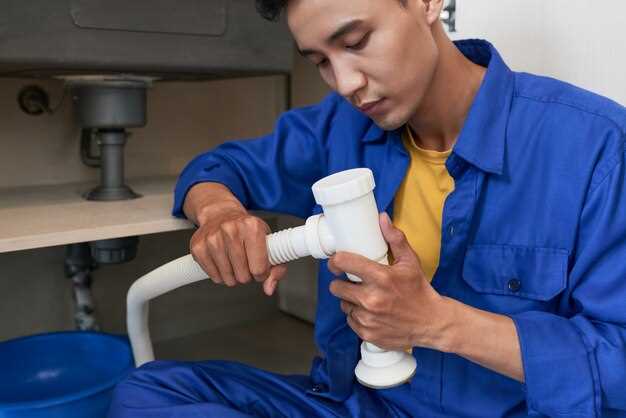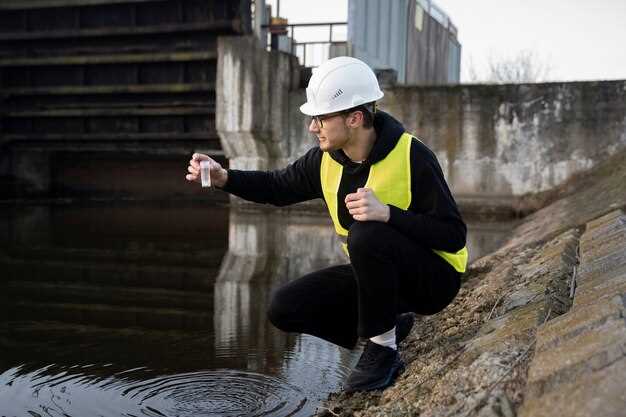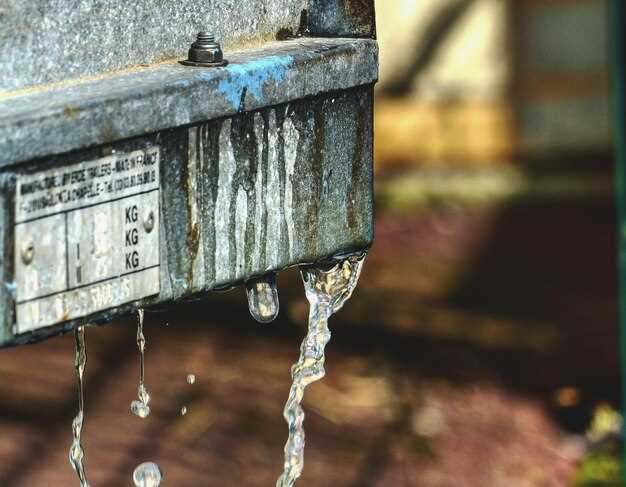
In any vehicle, the engine operates as a finely tuned machine that relies on various components working seamlessly together. One critical element in maintaining the engine’s health is the water pump. This component is responsible for circulating coolant throughout the engine, ensuring it remains at the optimal temperature and preventing overheating. Failure to recognize the symptoms of a water pump malfunction can lead to severe engine damage and costly repairs.
Identifying water pump failure symptoms early on is essential for preserving the longevity and efficiency of your engine. Common indicators include unusual noises, coolant leaks, and fluctuating temperature gauges. Addressing these symptoms promptly not only prevents further damage but also ensures that the cooling system operates effectively, extending the life of your vehicle’s engine.
Repairing a faulty water pump requires a systematic approach that involves diagnosing the issue accurately. Understanding how to recognize the signs of failure, coupled with the knowledge of repair procedures, enables vehicle owners to take the necessary actions. This article outlines the key symptoms of water pump failure and provides guidance on how to rectify these issues before they escalate into significant problems.
Recognizing Symptoms of Water Pump Malfunction

Identifying water pump failure at an early stage is crucial to prevent further damage to the system. One of the first symptoms to look for is unusual noises coming from the pump. These sounds can manifest as grinding, whining, or knocking, indicating internal wear or damage.
Another common sign is a decrease in water pressure. If the water flow is noticeably weaker than usual, it could signal that the pump is not operating efficiently, potentially due to wear on its internal components.
Leaking water around the pump area is also a notable symptom. This can indicate worn seals or gasket failures, leading to water escaping from the pump system. Ignoring this symptom can result in more severe water damage and increased repair costs.
Additionally, if the pump runs continuously without providing adequate water flow, it may be struggling to maintain optimal performance. This can lead to overheating and subsequent pump failure if not addressed promptly.
It is essential to keep an eye on the temperature of the pump as well. An unusually high operational temperature can signal an underlying problem that may cause damage if not corrected. Regular monitoring and maintenance can help catch these symptoms early, ensuring the longevity of your water pump system.
Assessing Engine Damage Due to Water Pump Failure

When a water pump fails, it can lead to significant damage within the engine. The primary role of the water pump is to circulate coolant throughout the engine to maintain optimal operating temperatures. A malfunctioning pump can cause overheating, which poses serious risks to engine components.
Engine damage due to water pump failure often begins with elevated temperatures. Without proper coolant circulation, the engine can reach critical heat levels. This overheating can warp cylinder heads, damage gaskets, and even cause cracks in the engine block. The extent of the damage varies based on the duration of the overheating and the engine’s design.
Symptoms of damage may include coolant leaks, steam from the engine bay, and unusual noises from the engine. If the water pump failure is not addressed promptly, it can lead to complete engine failure, requiring extensive and costly repairs or even an engine replacement.
To assess the damage, a thorough inspection is essential. Start by checking the coolant levels and inspecting the oil for signs of contamination or milky appearance, indicating coolant mixing with oil. Compression tests can also determine if there are issues with piston rings or cylinder heads.
In conclusion, identifying and addressing water pump failure early is critical in minimizing engine damage. Regular maintenance and inspections can help prevent serious issues and preserve the engine’s longevity.
Step-by-Step Repair Process for Faulty Water Pumps
Repairing a faulty water pump requires careful attention to detail and systematic troubleshooting. Follow these steps to identify issues and repair the pump efficiently.
-
Diagnose the Problem: Begin by observing symptoms of the water pump failure:
- Check for water leakage around the pump.
- Listen for unusual noises coming from the pump.
- Monitor engine temperature; overheating may indicate a pump issue.
-
Safety Precautions: Before proceeding, ensure safety by:
- Disconnecting the power supply.
- Wearing protective gear, such as gloves and goggles.
-
Remove the Water Pump: Carefully detach the water pump from the engine. Follow these sub-steps:
- Loosen the mounting bolts.
- Disconnect the hoses and electrical connections.
- Remove the pump from its mounting location.
-
Inspect for Damage: Examine the pump for signs of damage:
- Check the impeller for any cracks or wear.
- Inspect the housing for corrosion or leaks.
- Test the seals and gaskets for deterioration.
-
Replace Damaged Components: If you identify any damaged parts, replace them:
- Obtain compatible replacement parts specific to your water pump model.
- Install new seals and gaskets to prevent future leaks.
-
Reassemble the Water Pump: Once repairs are completed, reassemble the water pump.
- Attach the pump back to the engine with mounting bolts.
- Reconnect hoses and electrical connections securely.
-
Test the System: After reassembly, it’s important to test the system:
- Reconnect the power and start the engine.
- Observe for any leaks or unusual noises.
- Monitor the water pump’s performance and engine temperature.
-
Final Inspection: Conduct a final check:
- Ensure that the pump operates smoothly without leaks.
- Verify that coolant or water circulates properly.
By following this step-by-step process, you can effectively identify and repair faulty water pumps, ensuring optimal engine performance and preventing future damage.
